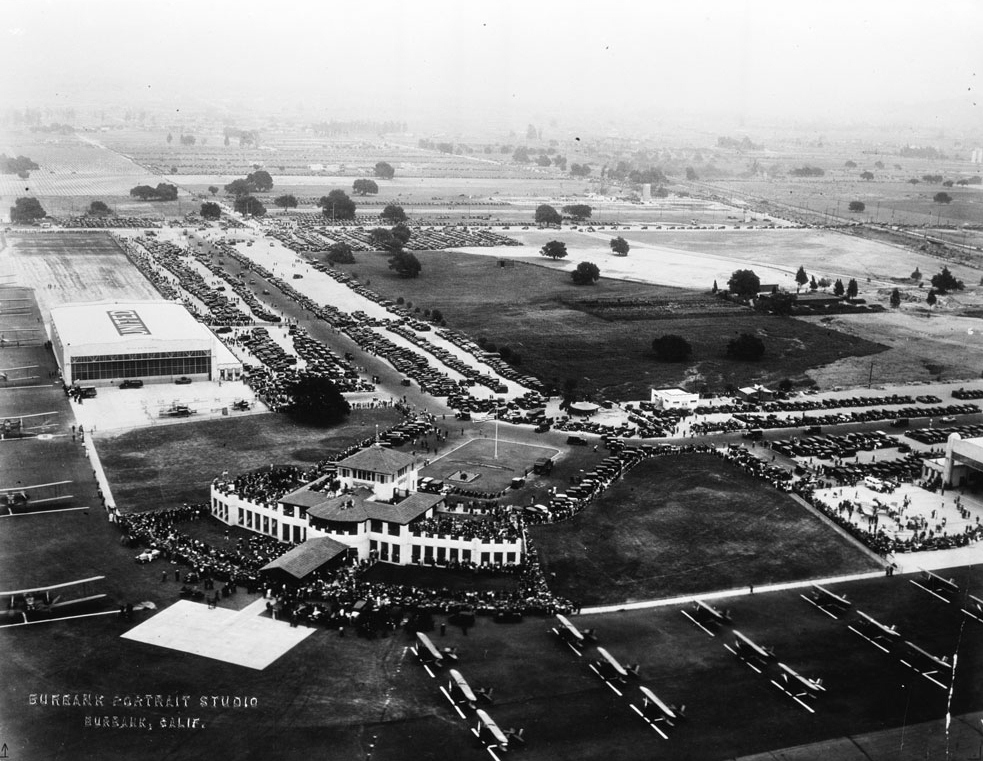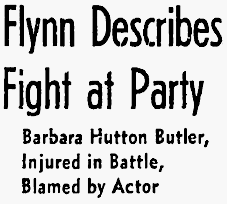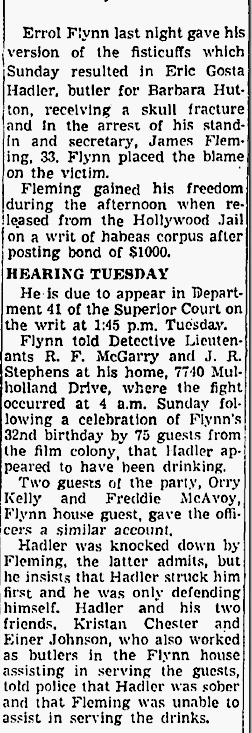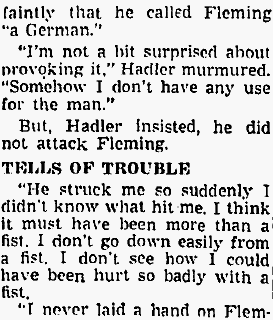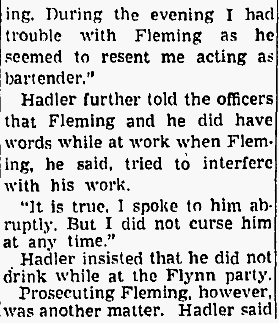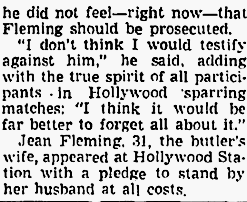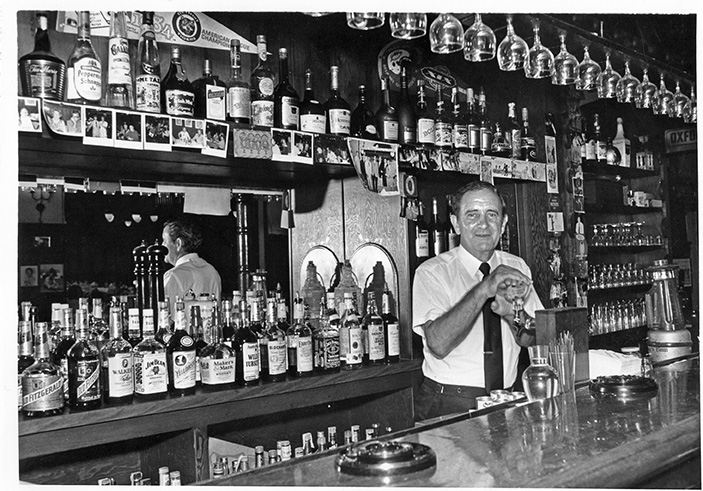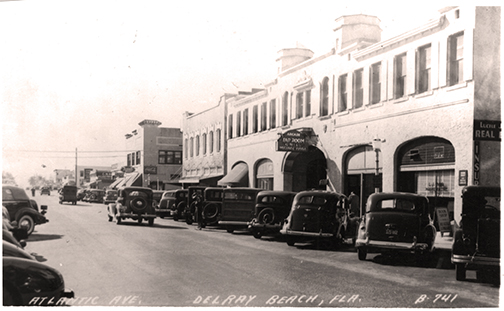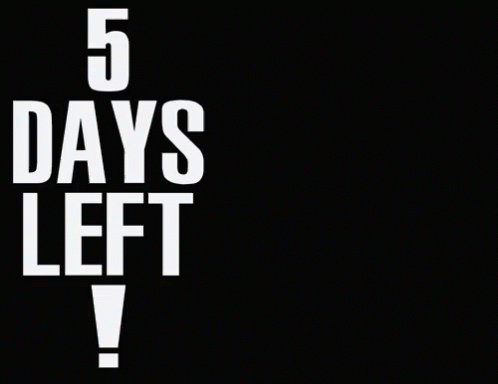www.times-news.com… Genene
A very decided 4 a.m. opinion
For the Cumberland Times-News 12 hrs ago
We’ve been in lockdown now since about the last time Henry VIII got married, so I’ve had plenty of leisure to watch old movies from the 1930s and ‘40s. The all-time sexiest, heart pounding actor was Sydney Poitier, no contest, but he came later. You know what 1930s/’40s movie star was really sexy? I mean, really, REALLY sexy? Gregory Peck, that’s who! I’ve always had a secret hankering for Gregory Peck (don’t tell my husband.) Just watch that man oozing quiet, wordless agony as he gives up Audrey Hepburn in “Roman Holiday,” or woos Greer Garson with heart-tugging, innocent sincerity in “Valley of Decision” — well, any woman, gay, straight, or otherwise, would have to be dead six days not to respond to that! And probably lots of men would have, too!
You know who else was really sexy? Gregory Peck again! I’m telling you, that man could charm a smile out of the Sphinx and still have enough appeal left to make Lady Gaga gaga!
Humphrey Bogart wasn’t sexy in the same way; he was a wounded soul who needed comforting. He was broken, and every woman wanted to fix him. Suave and witty, Cary Grant’s smooth façade covered unsuspected depths, and he could actually play anything from the man-about-town to the Cockney thug. Still, you don’t really want to get mixed up with a man who gets chased by crop dusters on a regular basis.
Errol Flynn was dashingly, wickedly carefree, even when chained to an oar in “Captain Blood;” you just wanted to share a good old fashioned into-the-sunset horseback gallop with him. As he aged and grew to look more dissipated he lost some of that roguish electricity, but that’s what DVDs are for — just pop “The Adventures of Robin Hood” into your player and you’re good to go! It’s sort of like bumping into your graying, slightly paunchy childhood sweetheart, and then rushing home to look him up in your high school yearbook — but without the fear that he’s doing the same.
Jimmy Stewart wasn’t sexy in my book, probably because he was built like the Scarecrow in “The Wizard of Oz,” but he had a sort of “aw shucks” folksy way about him that rendered him quite endearing. You wouldn’t kick him out of bed for eating corn on the cob. His best pal, Henry Fonda, never set my heart fluttering either. At all. He was a decent actor, but just not my cup of tea. I couldn’t tell you why, except that he always seemed like a less good-natured Jimmy Stewart.
Mickey Rooney was too impish to be truly sexy, although apparently at least eight women, including Ava Gardner, disagreed with me on this. It wasn’t that he was too short, it was just that he wasn’t tall enough. Also, it’s hard to take seriously anyone who had played a dope like Andy Hardy — or am I getting too obscure? Does anyone but me still remember the Andy Hardy movies? There were roughly 628 of them produced over a span of about 95 years, and Andy Hardy never aged beyond high school, even when Rooney himself had dentures and arthritis. They had to keep recasting his parents because the actors playing them kept dying, and the girl who played his older sister finally took up residence in Forest Lawn, too. But the ageless Mickey went right on being Andy Hardy. It’s frustrating to an actor to be so type cast — but then, he also played Puck in “A Midsummer Night’s Dream,” and if you can pull off Puck you can pull off anything. Especially when you have to play him dressed like Tarzan.
The world-renowned Laurence Olivier never struck me as sexy, though he was handsome as all get-out and had that accent. I think the teeth-pulling bit in “Marathon Man” killed it for me. Dentistry is not very appealing, especially when done deliberately as torture. And without anesthesia. Or a good script.
Peter Lawford had the delicious British accent, too, and looked quite toothsome in his early pictures — but after he took up with Frank Sinatra and the rest of the Rat Pack he became so jaded and ultra-sophisticated that you would have had to chip at him with a chisel to get at the real man. Similarly, Frank Sinatra could light your flame with his voice in his youthful roles alongside Gene Kelly in “Anchors Aweigh” and “On the Town,” but as soon as he adopted the cigarette-and-highball character the only thing he could set afire was Lucky Strikes and alimony checks.
Marlon Brando was a legend in his own mind, and that sort of bravado doesn’t float my boat. He was the type who didn’t need the adoration of women — fawning females just blocked his view of the mirror. (I think Errol Flynn probably had the same problem in real life, but his on-screen persona was always far too boyishly pleased with himself to be off-putting. How can you not like a lad who looks on the world with such frolicsome glee?)
Fred Astaire could play sexy, which is odd considering he looked rather like a praying mantis with a receding hairline — but the man could sweep you off your feet on the dance floor or woo you with songs like “They Can’t Take That Away From Me” in that whispery, magnetic voice of his. Gene Kelly simply knocked you over with raw sexuality and animal magnetism, and he could evoke heartache, too, in roles like Jerry Mulligan in “An American in Paris.” That sort of intense masculinity can only be taken in small doses — or from the safe distance of a theater seat.
But when you come right down to it, finally and conclusively, you wanna know who was really, truly, overwhelmingly sexy? GREGORY PECK, that’s who! Just Gregory Peck! And if you want to argue with me, get your own column. But on your way out, would you pop “To Kill a Mockingbird” into the player, please…?
— tassie devil
